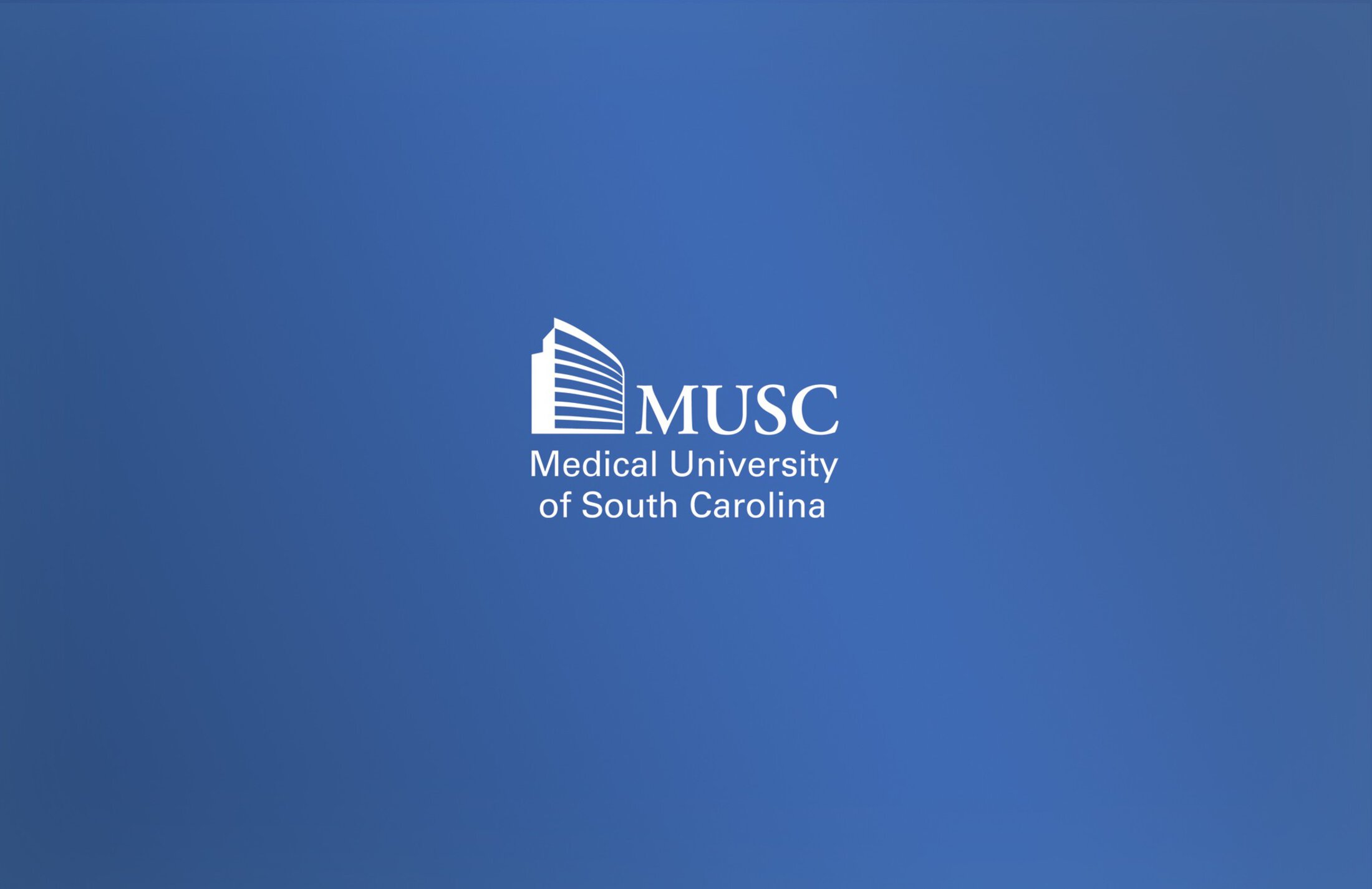This CoBRE (Center of Biomedical Research Excellence) program has over a 14-year period brought together individuals with research and clinical interests and expertise in oxidants, redox balance, and stress signaling at the Medical University of South Carolina. The program plan has routinely been to develop in South Carolina a Center of Excellence in this scientific discipline and focus. To this end we have constructed an infrastructure that provides a mentoring environment for target faculty members with disease-oriented research projects that have connectivity with the understanding of how the range of reactive oxygen (ROS) and nitrogen (RNS) impact cellular homeostasis and cell metabolism.
The types of projects supported have provided interdisciplinary opportunities for participants to collaborate with colleagues both intra- and extramurally. In the third stage of its development, (years 10-15) support has shifted from junior investigators to scientific cores that supplement infrastructure for the program. These cores provide services in Proteomics, Analytical Redox Metabolomics, and Cell and Molecular Imaging. The central hypothesis of the program has always been that redox-regulated pathways impact significantly on the pathobiology of diseases such as cancer, aging, diabetes, inflammation, and neurodegeneration. The administrative core facilitates a plethora of functions including, business management, faculty development, mentoring and program planning, and sustainability.
We have appointed oversight committees to include Steering, Internal Advisors, and External Advisors. The latter two groups contain individuals who have broad scientific expertise in the chosen discipline, combined with extensive mentoring experience. Continuing development of the program is served by funded supplemental grant applications through NIGMS and by continuing fiscal support from MUSC.
This project is funded by the National Institute of General Medical Sciences.


